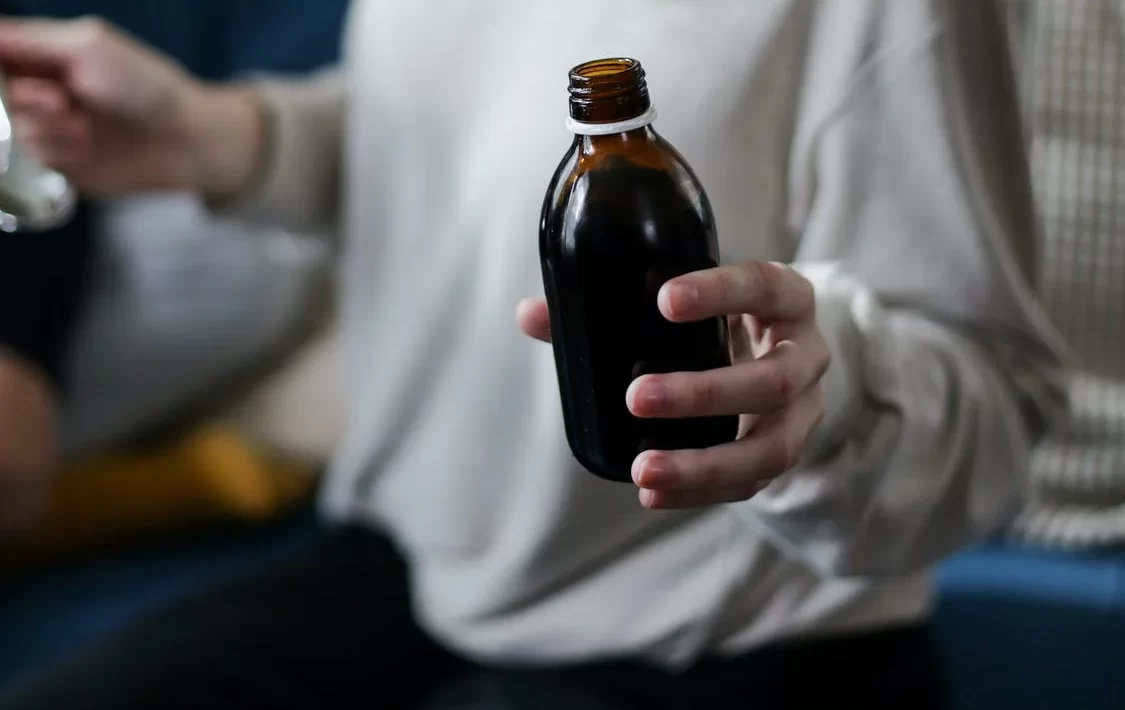BPC-157 and AOD 9604 online are two peptides that have recently been found to have curative benefits for such illnesses in various animals.
Beginning with BPC-157
Body Protection Complex (BPC) is an amino acid sequence naturally present in human stomach juice, and its synthetic analog, BPC-157, has been created for medicinal purposes. BPC-157 has been shown to repair tissues in the gastrointestinal tract (GIT), tendons, ligaments, the brain, and bones and to improve the healing of a wide variety of wounds and burns. It also acts as an anti-inflammatory, protects and promotes liver healing in response to toxic stress, and enhances digestive function.
Relationship between BPC-157 and Osteoporosis
A gastric peptide with osteogenic activity would be helpful since, either partial or whole, gastric removal is associated with an increased risk of osteoporosis, metabolic aberration, and fracture. The new pentadecapeptide BPC-157 has been proven to have an angiogenic impact and speed up fracture and wound healing in rats.
This study examined the effects of BPC-157 when administered percutaneously into the bone defect, intramuscularly, and continuously, using rabbits with a segmental osteoperiosteal bone defect that failed to repair in all control rabbits after 6 weeks. In this study, rabbits were evaluated every two weeks. In order to provide a fair comparison, rabbits were given their autologous bone marrow via a needle. Researchers used cortical tissue from the patient’s body to replace the bone deficiency as soon as possible after it formed, which is the conventional course of therapy. As a comparison, wounded animals that were treated with saline were utilized.
In conclusion, intramuscular (IM) BPC-157 treatment yielded outcomes on par with those of percutaneous (under the skin) autologous bone marrow injection or autologous bone grafting (the effectiveness could also be seen after local administration). BPC-157’s effect (local or intramuscular effectiveness, lack of unwanted effects) may be relevant in light of the stomach’s suggested importance for bone homeostasis. Further research is warranted to determine whether or not it may serve as a basis for methods of choice in the future management of healing impairment in humans. Last but not least, the peptide is harmless in toxicological investigations, even applied at extremely high dosages; this bodes well for its use in the future therapy of healing impairment in patients. The most common systemic illness affecting the skeleton is osteoporosis, which increases bone fragility and makes bones more prone to fractures. Fracture repair in osteoporotic people is generally delayed and hindered compared to nonosteoporotic persons due to the microarchitectural damage to bone structure. Menopause, age, metabolic illnesses, and pharmacological therapy are common causes of osteoporosis, although the underlying cellular and molecular process are still poorly understood. (Lakegenevaadventures.com)
An Overview of AOD 9604
One may improve bone health by taking AOD-9604, a peptide that represents a portion of GH without proliferative effects. An GH molecule may be broken down into its 8 percent fragment, stimulating the IGF-1 and direct cellular pathways. Unfortunately, AOD-9604 does not affect the IGF-1 pathway, a significant contributor to insulin resistance. More and more subjects are taking this medication to alleviate their tendonitis or osteoarthritis pain.
Osteoporosis and AOD-9604
Researchers examined the effects of intra-articular injections of AOD-9604 with and without hyaluronic acid (HA) in a collagenase-induced knee osteoarthritis (OA) rabbit model.
Three-hundred-and-twenty-two adult New Zealand white rabbits had 2 milligrams of collagenase type II injected twice into each knee joint. Injections of 0.6 mL saline were given to Group 1, 6 mg HA was given to Group 2, Licensed professionals gave 0.25 mg of AOD 9604 to Group 3, and 0.25 mg of AOD 9604 was given to Group 4 together with 6 mg of HA. Every 4-7 weeks after the first intra-articular collagenase injection, experts evaluated the severity of cartilage deterioration by observing morphological and histological changes. Researchers also noted the degree of lameness at 8 weeks following the first collagenase injection.
Group 1 had considerably higher scores than Groups 2, 3, and 4 compared to this approach, whereas Group 4 had significantly lower scores than Groups 2 and 3. The last group had a much lower lameness time than Groups 1, 2, and 3. Group 1 had a considerably longer lameness duration than Groups 2 and 3.





